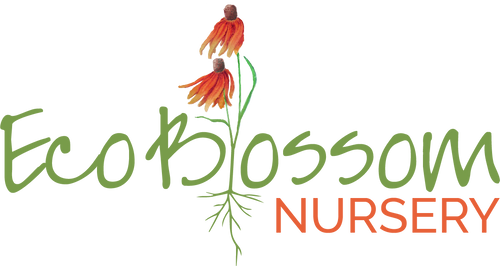Sambucus nigra ssp. canadensis (Elderberry)
Synonym: Sambucus canadensis
Elderberry is a loose, multi-stemmed shrub with both woody and herbaceous branches. In late spring it produces cloud-like clusters of creamy white flowers, followed by fruit which is edible when ripe. The fruit and flowers are used to make pies, wines, candies, beverages, and jellies among other things. The fruit is purple-black when ripe. Elderberry fruit is relished by birds.
Elderberry can be pruned heavily, including cutting it down to the ground, to control size. Suckers should be removed unless spreading is desirable. It is a fast grower and aggressive spreader that competes well with weeds and herbaceous species.
Elderberry can be planted in groups, as a hedge, or specimen. It performs well as a tall shrub border or screen, as a background for other plants or garden features, or in rain gardens.
AT A GLANCE
| Texas native | Yes |
| Water use | Medium |
| Sun exposure | Sun to part shade |
| Bloom color | Creamy white |
| Bloom time | Spring |
| Mature height | 8-15 ft |
| Mature spread | 6-15 ft |
| Attracts | Birds, bees |
| Erosion control | Yes |
| Edible | Yes |
| Poisonous | Leaves, stem, unripe fruit. Low toxicity if ingested. |
| Notes | Attracts beneficial insects. Native bee friendly. |
DISTRIBUTION MAPS
 Present in state Present in state |
 Present in county and native Present in county and native |
 Native to North America, but adventive & escaped in state Native to North America, but adventive & escaped in state |
 Not present in state Not present in state |
 Present and rare, native in county Present and rare, native in county |
 Previously present, now extinct Previously present, now extinct |
 Questionable presence (cross-hatched, regardless of color) Questionable presence (cross-hatched, regardless of color) |












